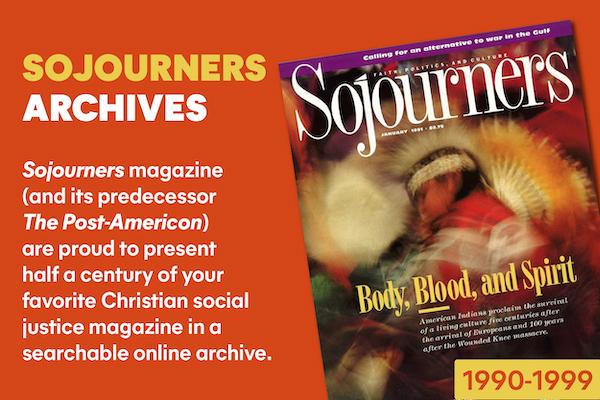What's glossy, colorful, and makes women hate their thighs? In a 1992 study by Stanford University social psychologist Debbie Then, 68 percent of the women responding said that fashion and beauty magazines such as Cosmopolitan, Mademoiselle, Vogue, Glamour, and Seventeen made them feel worse about their looks. Nearly half felt less confident after reading such magazines. Advertisements and photographs using highly idealized images of female beauty were cited as the main culprits.
The advertisements are doing what they're meant to do: Point out or create in the reader a feeling of insecurity ("You know the type. Totally together...Maybe she's born with it. Maybe it's Maybelline.") and then offer the product that will temporarily alleviate the ad-induced anxiety. But as magazines have become more commercialized, ads and editorial content are increasingly interwoven and mutually shaped, with the division between the two blurred or obliterated. Since advertising is the source of financial survival for most magazines, advertisers have great power in pushing for a "supportive editorial atmosphere."
In her book Decoding Women's Magazines, University of Massachusetts literature professor Ellen McCracken analyzes several ways that covert advertising appears in magazines. These include placement of ads adjacent to articles related to the product; products mentioned in cover credits, fashion features, and advice columns; ads that mimic the format of articles; and "informative" articles that promote products.
Read the Full Article

